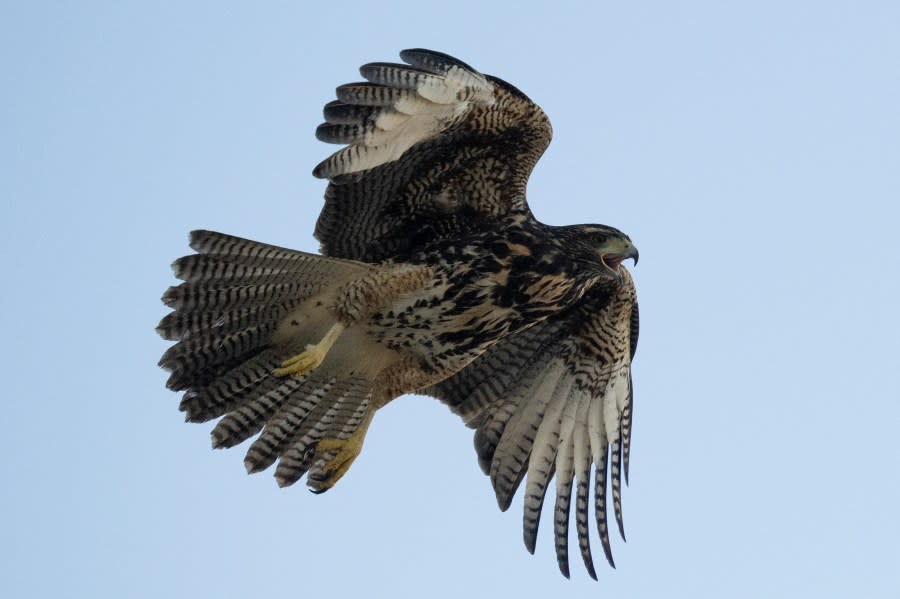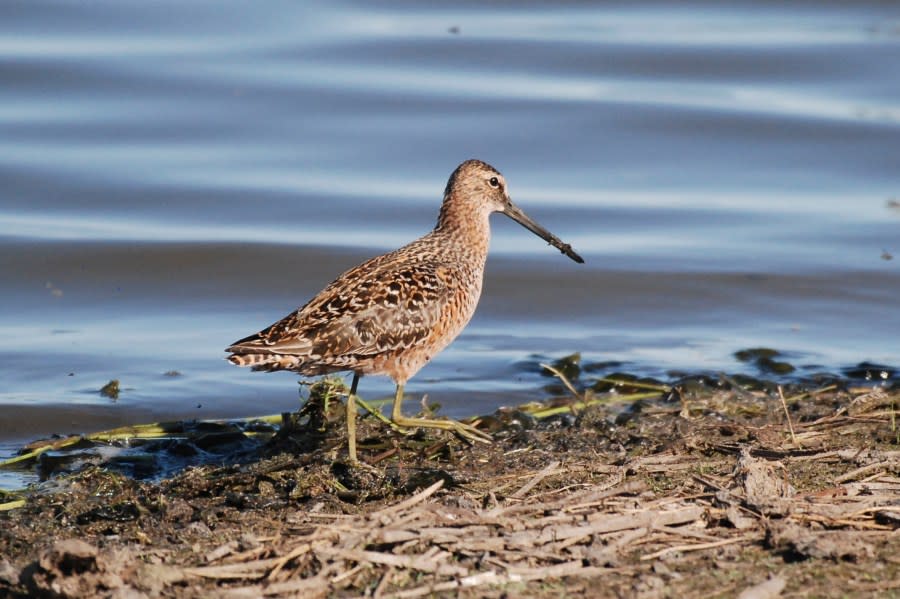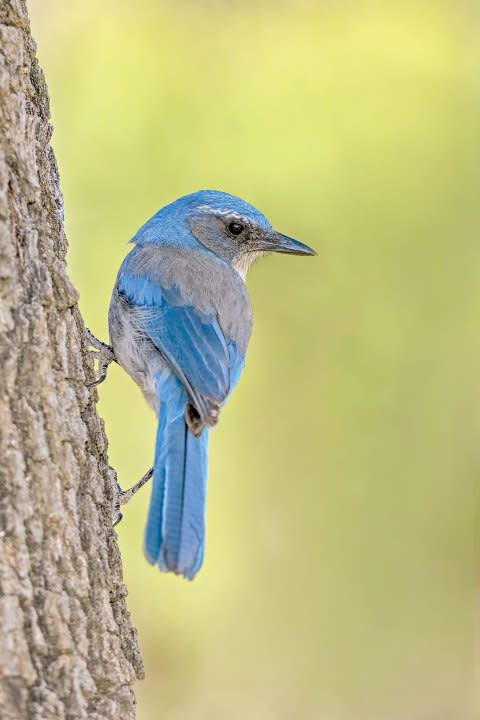Texas birds renamed due to links with colonialism, slavery, racism

AUSTIN (KXAN) – Starting in 2024, the American Ornithological Society (AOS), the largest international group of its kind, will begin an initiative to rename some species of birds with English names found in the U.S. and Canada.
The group said it is taking on the effort to “address past wrongs” in the naming process – for example, excluding Black and Indigenous people when naming birds or honoring historical figures linked to slavery and racism.
“There is power in a name, and some English bird names have associations with the past that continue to be exclusionary and harmful today. We need a much more inclusive and engaging scientific process that focuses attention on the unique features and beauty of the birds themselves,” AOS President Colleen Handel said in a press release. “Everyone who loves and cares about birds should be able to enjoy and study them freely—and birds need our help now more than ever,” she continued.
AOS said it would change all English bird names, regardless of whether the person’s history was ethical, and three species with “derogatory or culturally unsuitable references.”
The group will begin its effort by renaming around 80 bird species found in the U.S. and Canada. AOS hopes the renaming process will make ornithology and birding more inclusive and promote ways to counter the decline of bird species.
Texas birds getting renamed
AOS provided KXAN with a list of species found in Texas that will be renamed in the coming years.
The birds are all named after 19th and 20th-century men, some named by John James Audubon, the first person to try and paint and describe all birds found in the U.S. Among other things, Audubon is known to have enslaved Black people and reportedly wrote critically about emancipation, according to the National Audubon Society.
Baird’s Sandpiper
Elliott Coues described the Baird’s Sandpiper in 1861 and named it after his mentor, Spencer Fullerton Baird, a secretary of the Smithsonian Museum, according to All About Birds.
The bird can be found from the tip of the artic down to the bottom of South America at varying times of year depending on migration. In Texas, it prefers wet fields, marshes and beaches, according to Houston Audubon.
Bewick’s Wren
Bewick’s Wren was named in the 19th century after a British engraver named Thomas Bewick – a friend of John James Audubon, per All About Birds.
The species breeds in the Texas Rolling Plains, Edwards Plateau, South Texas Brush Country and Coastal Sand Plain regions, according to Texas A&M University.

Cooper’s Hawk
Cooper’s Hawk was named after William Cooper, a New York-based scientist who helped found the New York Academy of Sciences, according to the South Carolina Department of Natural Resources.
The hawk can be found in southern Canada, U.S., Mexico, Guatemala and Belize, according to Hawk Mountain.
Franklin’s Gull

The species is named after Sir John Franklin, who led an expedition to northwestern Canada in 1832, per All About Birds.
Franklin’s Gulls can be found by the thousands in North American marshes and along the coasts of South America, per All About Birds.
Harris’s Hawk
John James Audubon was also behind this species name – Audubon named it after fellow naturalist Edward Harris, according to the American Bird Conservancy.

This hawk is found year-round in arid parts of the Southwest, including Texas, according to All About Birds.
Harris’s Sparrow
Edward Harris was lucky enough to have at least two feathered friends named after him. Audubon also named the Harris’s Sparrow after his friend, according to All About Birds.
The species of sparrow is found in wooded areas of Texas during the winter months, according to the National Audubon Society.
Ross’s Goose

Ross’s Goose was named in 1861 after Bernard Rogan Ross, a naturalist known for sending specimens to the Smithsonian Museum in Washington, according to AOS.
The goose can be found in some parts of Texas throughout the winter months, per All About Birds.
Swainson’s Hawk
This hawk is named after the English Naturalist William Swainson, born in 1789, according to Bird Note.
These birds nest across western parts of Canada and U.S., including in Texas, according to the Texas Parks and Wildlife Department.
Wilson’s Snipe

Alexander Wilson has a few bird species named in his honor, including the Wilson’s Snipe. Wilson is a famous ornithologist who illustrated 286 bird species in the early 1800s, according to All About Birds.

Wilson’s Snipes are generally found in damp, wet habitats all across the U.S. In Texas, the species are one of two shorebirds that can be hunted legally, according to TPWD.
Woodhouse’s Scrub-Jay
The Woodhouse’s Scrub-Jay is named to honor Samuel W. Woodhouse, a naturalist and doctor who went on expeditions to the Southwest in the mid-19th century.
The Woodhouse’s Scrub-Jay is the only Scrub-Jay that can be found in Texas. Texans can spot them in the Edwards Plateau and in the juniper oak woodlands of Central Texas, according to the Travis Audubon Society.
For the latest news, weather, sports, and streaming video, head to KXAN Austin.

